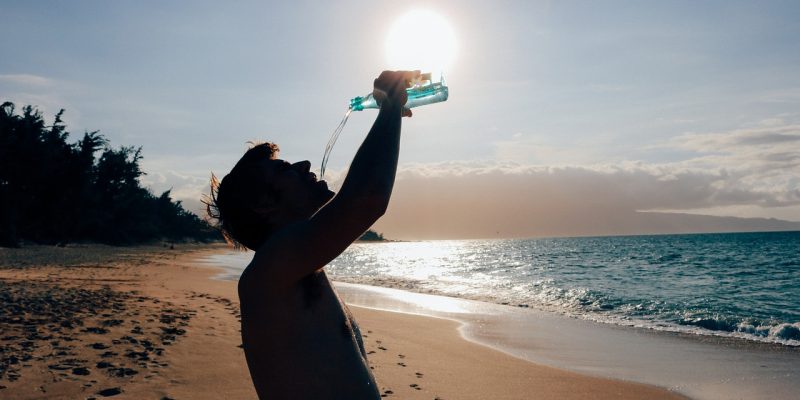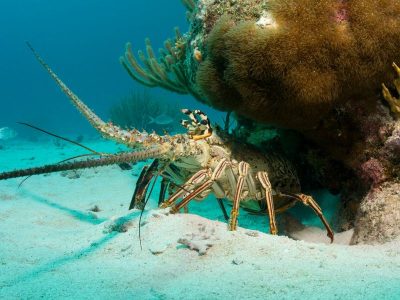Fishing is a popular recreational activity cherished by people worldwide. However, as climate change progresses, soaring temperatures and high sea levels bring unique challenges for anglers.
Past Sea Hot Level Days in the USA
In July 2022, several cities along the East Coast experienced record-breaking high temperatures, including New York City, Philadelphia, and Washington, D.C. The heat index, which takes into account both temperature and humidity, reached 105 degrees Fahrenheit in some areas. This led to heat advisories and warnings being issued for millions of people.
Another recent hot sea level day occurred in August 2022, when temperatures soared to over 110 degrees Fahrenheit in Death Valley, California. This was the hottest temperature ever recorded in the contiguous United States. The heat wave also caused widespread power outages and water shortages in the region.
The most recent hot sea level day in the USA was on June 17, 2023, when the heat index reached 100 degrees Fahrenheit in New York City.
It’s important to note that hot sea level days can vary depending on the region and time of year. It would be best to consult local weather reports, climate data, or contact relevant authorities to get the most up-to-date and accurate information on hot sea level days in specific locations in the USA.
Here are some valuable tips and techniques to help you make the most of your fishing experience, even in challenging conditions when sea levels and temperatures are high:
- Choose the Right Time: On hot days with high sea levels, it’s essential to plan your fishing trip during the optimal time of day. Early mornings and late evenings offer cooler temperatures, providing relief from the scorching heat. Additionally, fish tend to be more active and feed near the surface during these times. Adjusting your fishing schedule to these cooler periods can increase your chances of success.
- Target Shaded Areas: Just like humans, fish seek relief from the heat. Look for shaded areas along the shoreline, under bridges, or near overhanging trees and structures that provide cover from the sun. These shaded spots offer cooler water temperatures and shelter for fish, making them ideal locations for casting your line. Focus your efforts on these areas and pay attention to any signs of fish activity, such as surface splashes or ripples.
- Fish Deeper Water: As temperatures rise, fish often seek refuge in deeper waters, where the temperature is more stable and comfortable. Consider adjusting your fishing strategy by targeting deeper areas like channels, drop-offs, or holes. Use sinking lures or weighted rigs to reach the desired depths. Patience and persistence may be required, as fish may be less active and require more enticing presentations to trigger a strike.
- Adjust Your Bait and Lure Selection: During hot sea level days, fish can become lethargic and less willing to chase fast-moving lures or actively pursue bait. Opt for slower presentations that mimic easy meals. Choose natural-colored baits and lures that resemble the prevalent prey in the area. Additionally, adding scent attractants to your bait can help overcome any reluctance from fish. Experiment with different techniques and adapt to the fish’s preferences to increase your chances of a successful catch.
- Stay Hydrated and Protect Yourself: Fishing in high temperatures requires taking care of your own well-being. Stay hydrated by drinking plenty of water throughout your fishing trip. Protect yourself from the sun by wearing a hat, sunglasses, and applying sunscreen to exposed skin. Dress in lightweight, breathable clothing to stay cool. Prioritizing your health and comfort is essential to fully enjoy your fishing experience.
- Practice Catch and Release: During periods of hot weather and high sea levels, fish may experience additional stress and vulnerability. Consider practicing catch-and-release fishing to minimize the impact on fish populations. Handle fish with care, using wet hands or a landing net to reduce stress and prevent injury. Release fish quickly and gently, allowing them to recover and swim away strongly.
Fishing on scorching sea level days requires adjustments to maximize your success. By planning your trips during cooler times, targeting shaded areas and deeper waters, adapting your bait and lure selection, and taking care of your own well-being, you can overcome the challenges posed by high temperatures.
Remember to practice catch and release to promote sustainable fishing practices and ensure the conservation of fish populations. With these tips in mind, you can continue to enjoy the thrill of fishing while adapting to changing environmental conditions.
Download our app FishVerify to enhance your fishing experience!


